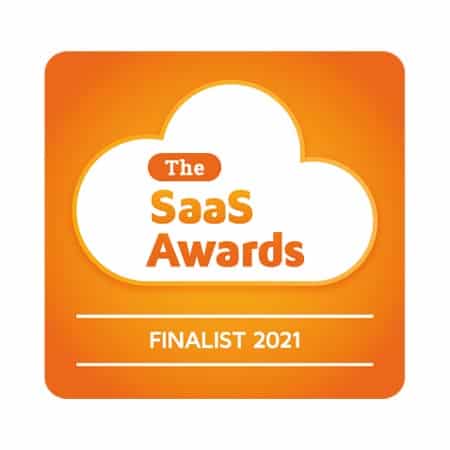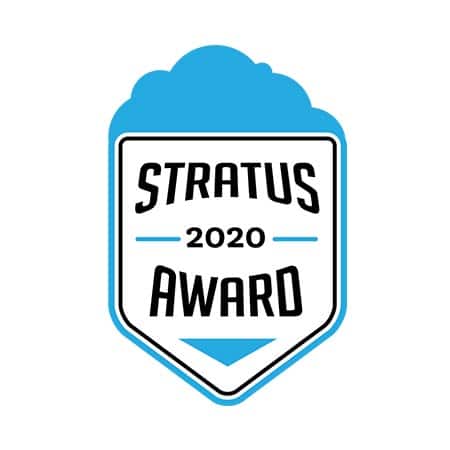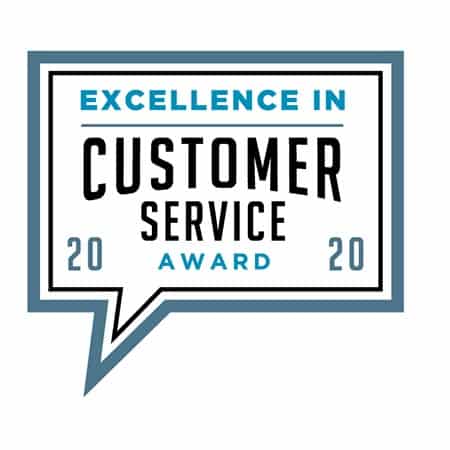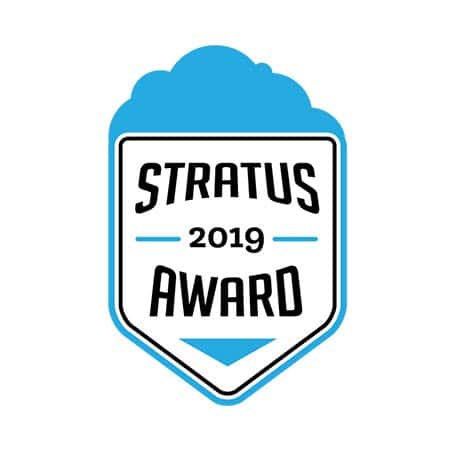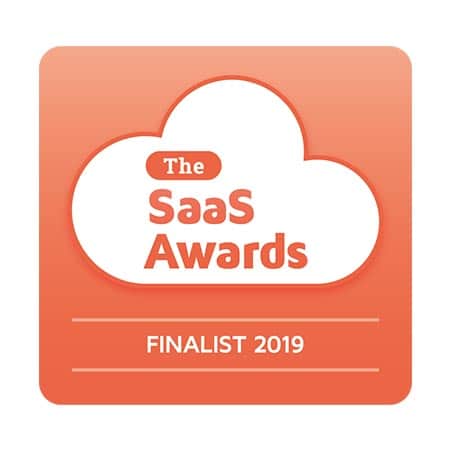Keeping students safe
Student Self-Harm Detection
Our student self-harm detection software helps schools identify and respond to distress signals.
School safety technology
The rise in student self-harm and suicide rates underscores the urgency for intervention
Online activity, including searches related to thoughts of suicide and distress signals, provides vital insights. Further, as students increasingly use platforms like Google Workspace and Microsoft 365, schools must recognize their responsibility in identifying and addressing concerning behavior. Implementing processes to monitor online activity can aid in early intervention, ensuring your students receive the support they need.
Student Safety Signals by ManagedMethods
Self-harm signals identification
Today's digital-native students use online searches, social media, and school-provided apps like Google Docs and emails to explore and express their feelings which are sometimes harmful. By monitoring this activity in school-provided accounts, ManagedMethods’ platforms help you quickly detect when a student is in crisis while balancing students’ need for privacy, autonomy, and creativity.
- Artificial intelligence trained specifically for the K-12 environment to detect self-harm searches and content in the browser, Google Workspace, and Microsoft 365, and then alert administrators.
- Deep, 1:1 API integrations continuously monitor your district’s Google Workspace and Microsoft 365 accounts, without collecting or storing personal data.
- ManagedMethods is the only vendor currently on the market that provides student safety and cybersecurity for the browser, Google Workspace, and Microsoft 365.
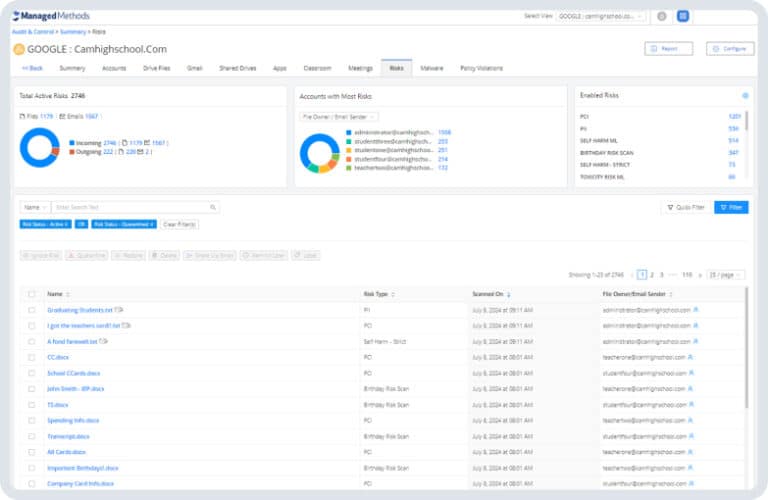
Immediate notifications for rapid response
When it comes to student safety, time is of the essence. Our platforms send alerts to designated administrators in near real-time. Notifications include all the information your team needs to understand the incident, allowing for quick response to the student in crisis.
- API integrations and AI technology enable near real-time detection of self-harm content, promptly alerting administrators.
- Customizable role-based notifications ensure alerts are sent to the appropriate resources efficiently.
- Notifications equip your administrators with detailed incident information, including search and social media inputs, document ownership, contributors, text history, sharing details, and more.
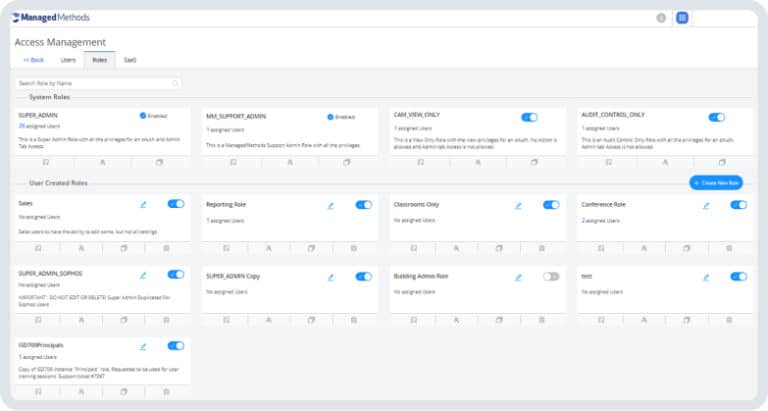
Student data privacy assurance
School officials and parents are raising concerns about cyber safety programs and their impact on student data privacy and surveillance. Student data privacy is central to everything we do. ManagedMethods platforms don’t collect or store student information, nor do they build profiles on student activity.
- FERPA, COPPA, and CSPC compliant.
- Monitors district-owned Google Workspace and Microsoft 365 accounts only.
- Identify when data is being improperly emailed or shared.
- No human “agents” reviewing student activity online.
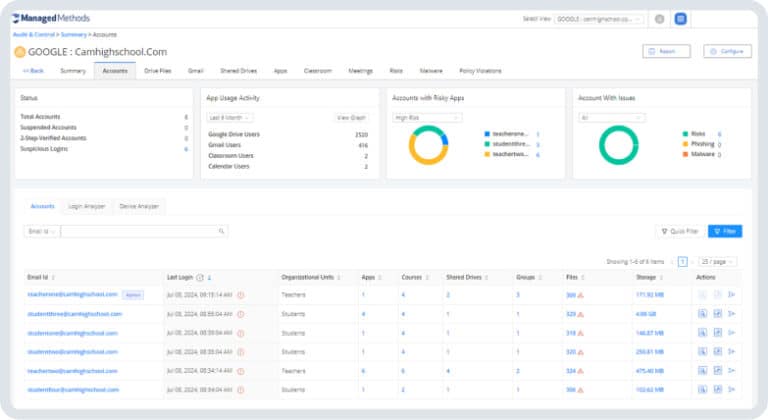
Case Study
Hillsboro-Deering School District
“Cloud Monitor provides us with a level of student safety monitoring that you won’t find anywhere else. Unfortunately, there have been a couple of incidents flagged relating to suicidal language and violence issues. Cloud Monitor was able to notify us so our school resources can get the student resources they need to address the problems they’re experiencing.”
Neal Richardson
Chief Information Security Officer

Ready to learn more?
With Cloud Monitor, school districts get the most advanced Google Workspace & Microsoft 365 cybersecurity and student safety platform available. Request a demo today to learn more about how Cloud Monitor is helping hundreds of schools keep their data secure and their students safe. Schedule time to speak with a representative directly. We’ll take the time to understand your needs, answer your questions, and provide advice on how other IT teams in K-12 are addressing your challenges. What to expect:
- We’ll take time to learn about you and your school district. We’ll talk about the cloud applications you’re currently using, your content filter, firewall, etc.
- You will learn why it’s important to protect your cloud applications, such as Google Workspace and Microsoft 365, from data loss, account takeovers, phishing and malware, and other risks
- You will get a customized tour of Cloud Monitor based specifically on your needs (though, we may sneak in an additional feature or two that we think you might find interesting)
- We will provide insights into how other K-12 IT teams are layering their tech stack for better cloud security and student safety monitoring
- Finally, you will have to option to start a 30-day free audit of Cloud Monitor. No credit card or obligations required!
Use Cases
Discover more use cases
Data Security
Ensure the safety of sensitive information stored in cloud applications with ManagedMethods' robust data security solutions.
Cyberbullying Monitoring
Monitor cyberbullying and other negative online activities to assist victims and enhance online safety for all students.
Account Takeover Prevention
Protect against unauthorized access to user accounts with ManagedMethods' account takeover prevention features.
Get in touch
Ensure student safety with ManagedMethods
ManagedMethods Cloud Monitor and Content Filter platforms provide easy-to-use student self-harm detection tailored for K-12 schools. Request your free trial today and ensure timely detection and intervention for student safety in the browser, Google Workspace, and Microsoft 365.























